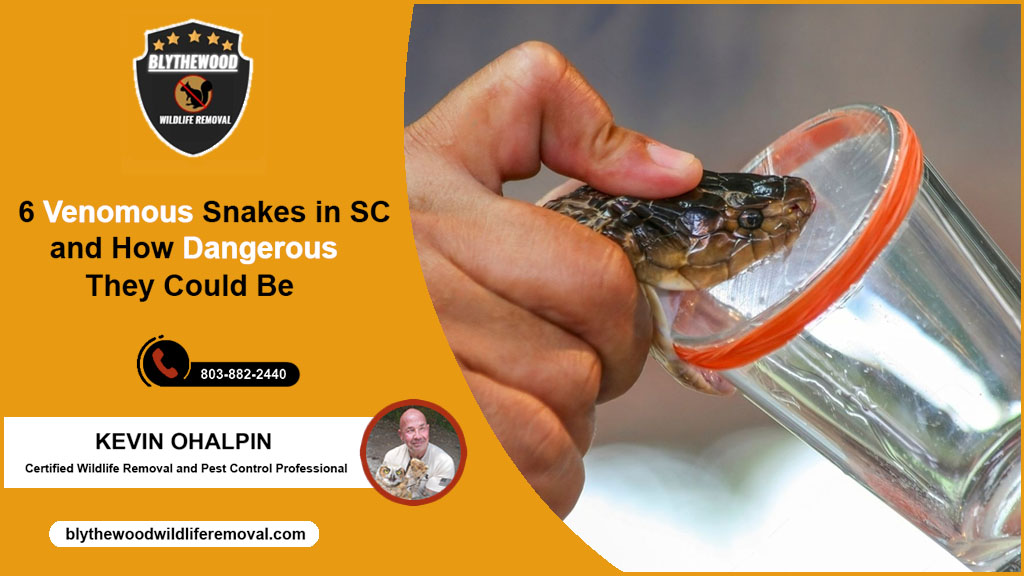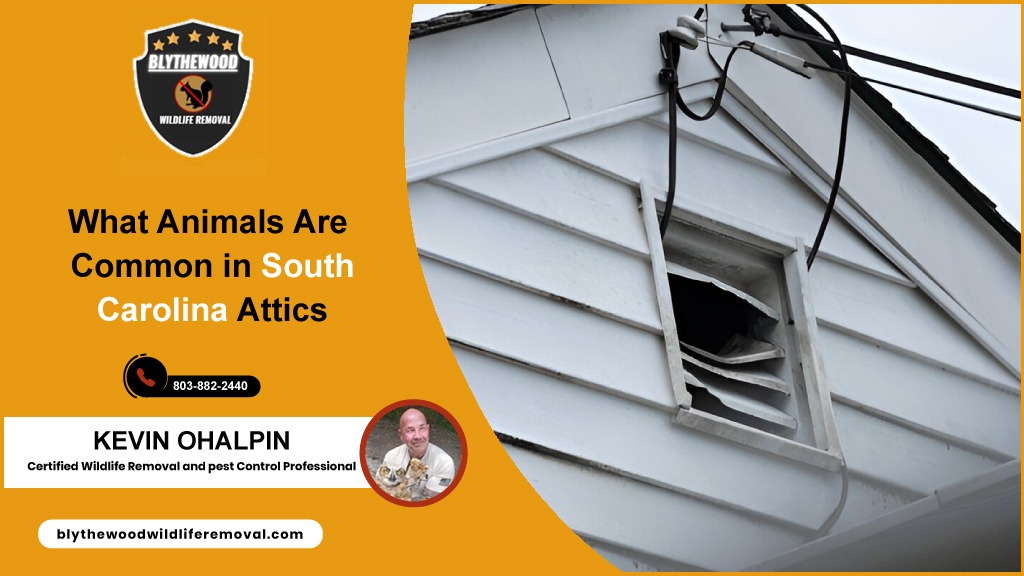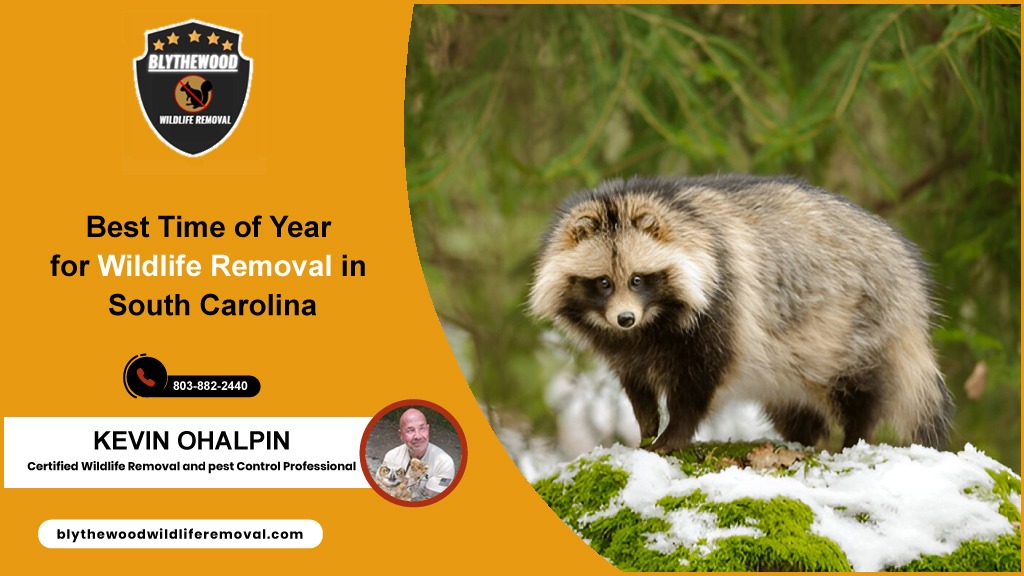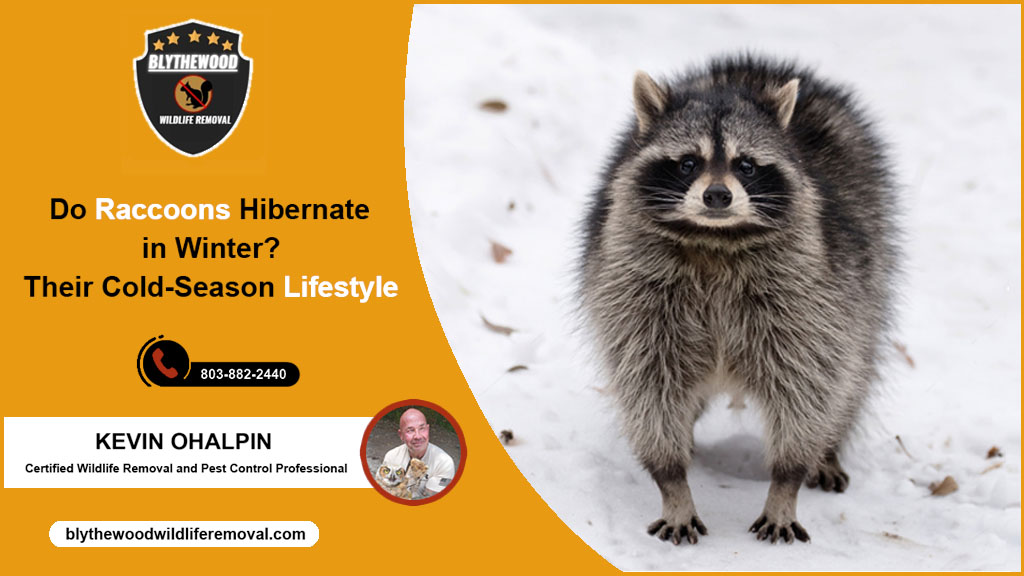
Do Raccoons Hibernate in Winter? Their Cold-Season Lifestyle
October 31, 2024Snakes can look pretty scary. These six venomous snakes in SC (South Carolina) can pose a real threat if one of them is living in your home.
Identifying a venomous snake is complicated. In South Carolina, 6 out of 38 species of snakes are venomous.
In this article, we discuss details and pictures of venomous snakes in South Carolina.
This way, you do not have to get bitten by a snake to check whether it is venomous.
Venomous snakes in South Carolina
We will rank these six venomous South Carolina snakes from least to most dangerous based on their venom’s potency.
Copperhead

The Copperhead is a venomous pit viper responsible for most snakebites and accidental encounters in South and North Carolina per year.
An infrared-sensing organ between its eyes and nostrils helps detect warm-blooded animals, though the view is limited to one meter in complete darkness.
Copperheads are typically brown, reddish, and copper-colored, having yellow eyes with black, vertically slit pupils. They have dark brown hourglass-shaped bands across their bodies
An average adult snake grows between 24 to 26 inches, but it can reach up to 4 feet. Females are longer than males but have shorter tails.
They mostly live in wooded areas, piles of sawdust, junkyards, and abandoned places.
Copperheads are great ambush predators preying on small animals like rodents, insects, and birds.
It is the least dangerous venomous snake in SC but should not be underestimated. They attack immediately when threatened or stepped on, especially due to their excellent camouflage.
Their bite can cause:
- Pain
- Swelling
- Bruising
- Bleeding
- Skin Discoloration
- Difficulty Breathing
- Increased heartbeat
- Metallic taste in the mouth
Their venom contains hemotoxins that disrupt blood clotting and cause tissue damage.
Although the fatality rate is just 0.01%, their bite can be painful. Antivenom is necessary after a medical treatment.
Pygmy Rattlesnake
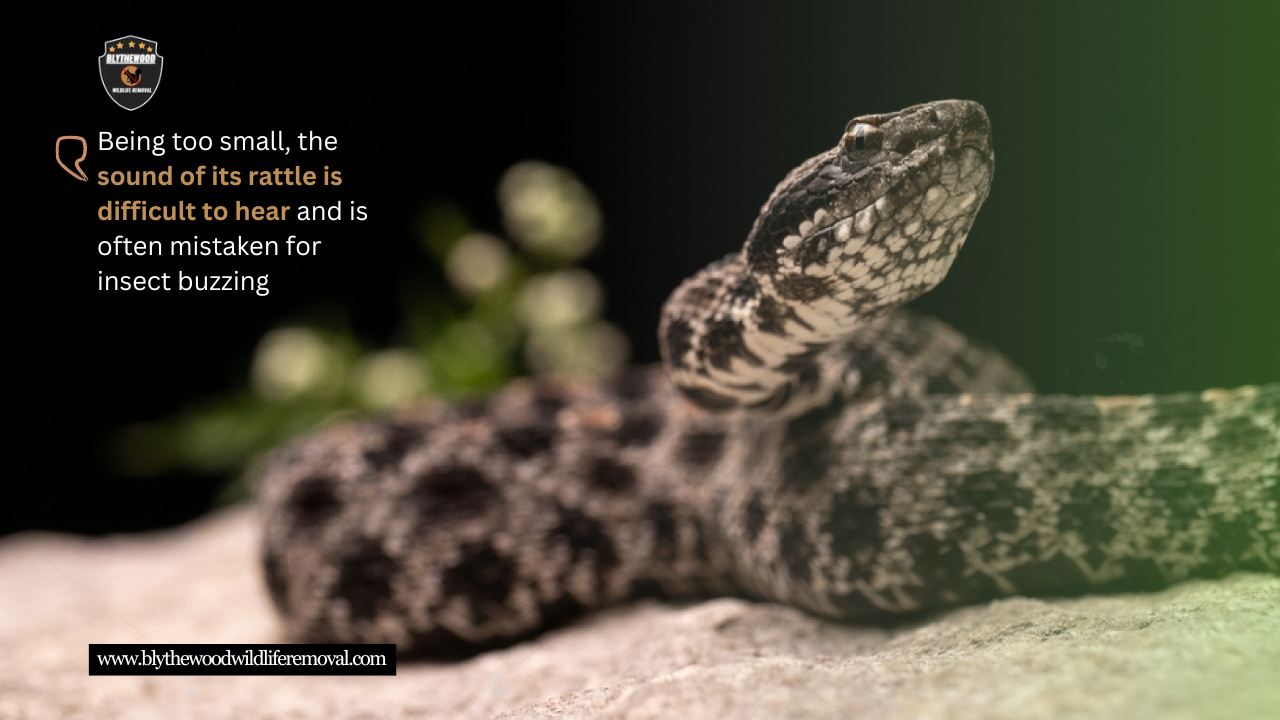
Like the Copperhead, the Pygmy Rattlesnake is a pit viper with excellent camouflage.
They can be reddish, dark gray, or pale gray with rows of dark spots. They mostly have yellow, dark brown, and reddish eyes with vertically slit pupils.
The typical length of an adult Pygmy is between 12 to 25 inches, so their rattle is difficult to hear and often mistaken for insect buzzing.
Pygmy Rattlers live in sandhills, mixed forests, flatwoods, floodplains, and near lakes.
Using the pit organ to catch infrared rays, they detect heat at wavelengths between 5 and 30 μm.
They are shy, but even the slightest interaction can result in a bite.
These are among the most biting poisonous snakes in SC, having venom more potent than a Copperhead’s.
Bite symptoms include:
- Pain
- Swelling
- Blistering
- Blurred Vision
- Tissue Damage
- Skin Discoloration
- Lightheadedness
- Nausea and Vomiting
- Difficulty Breathing
Immediate medical help is required, especially for children, the elderly, and those with compromised immune systems. There are no recorded fatalities from Pygmy Rattlesnake bites.
Cottonmouth (Water Moccasin)
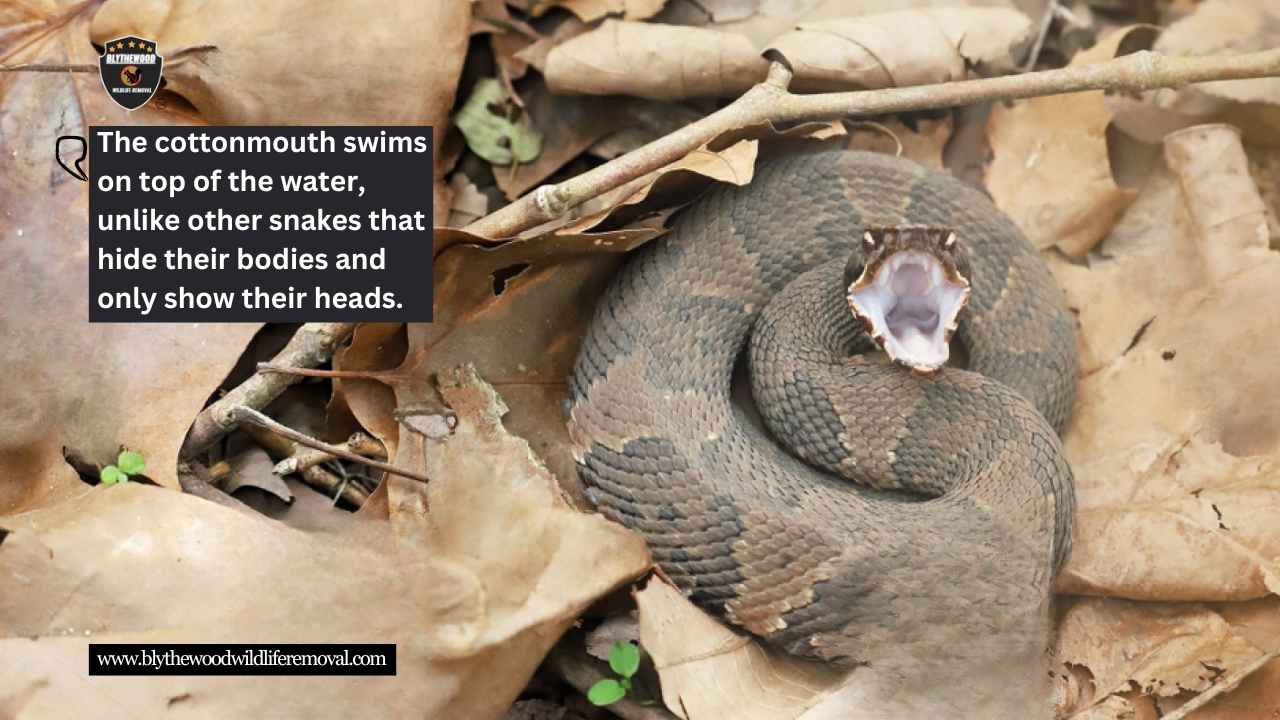
Commonly known as the Water Moccasin, Cottonmouth is a pit viper with cat-like pupils and a broad head.
They got their name due to the white color inside of their mouth. They have prominent rough scales and dark spots on their bodies.
Water moccasins are mostly brown, tan, and dark olive-brown. They go darker as they age.
They typically grow between 2 to 4 feet but can reach up to 74 inches.
They often live near water. They swim on top of the water, unlike other water snakes that hide their bodies while swimming.
Water Moccasins eat small mammals, amphibians, and alligators.
They prefer scaring the opponent rather than attacking. Additionally, they wide open their jaws to show their cotton-like mouth.
Their bite can result in:
- Heartbeat Change
- Tissue Damage
- Muscles Damage
- Immediate and Severe Pain
- Swelling and Skin Discoloration
- Internal and External Bleeding
- Blood Clotting Problem
- Nausea and Vomiting
- Metallic taste in the mouth
Although the fatality rate from their bite is less than 1%, Immediate help is required to avoid serious conditions. This makes them more dangerous than Copperheads.
Timber Rattlesnake (Canebrake Rattlesnake)
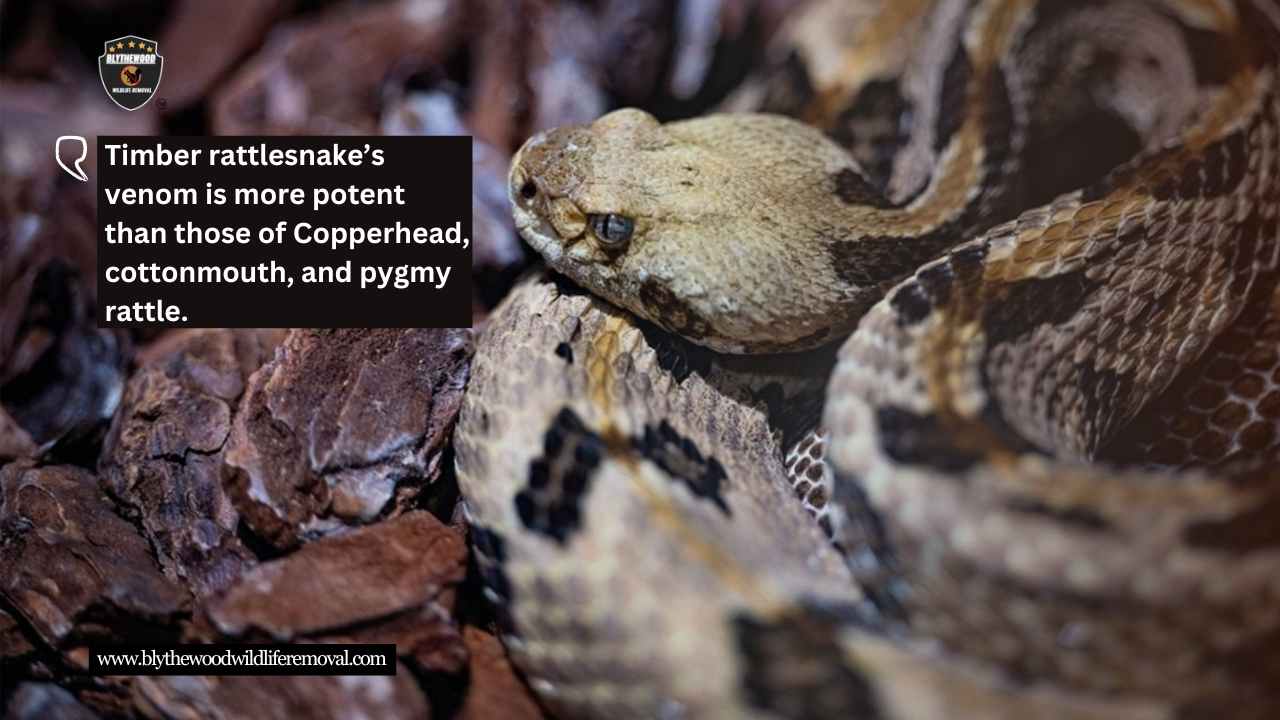
The Timber Rattlesnake is a venomous pit viper in South Carolina. They use infrared sensors to hunt for prey.
These snakes are usually 3 to 5 feet long, but they can reach up to 6 feet. The biggest one ever caught was 6.2 feet long.
They are typically yellow, gray, black, brown, tan, and pink, with dark-colored crossbands over their bodies. They have cat-like pupils. This snake has a rough appearance with keel scales across its body.
Like other pit vipers, they have a broad triangle-shaped head and a dark line behind their eye.
Its tail ends with a rattle made of Keratin. After each shedding, they add a new segment to the rattle.
They are among the most dangerous snakes in South Carolina. Their bites can result in death if not treated with an antivenom.
Their venom contains hemotoxins, myotoxins, and neurotoxins. The neurotoxins damage the nervous system, leading to organ failure.
Timber Rattles deliver venom in high amounts and cause excessive Pain, Swelling, Tissue Damage, Muscle Damage, Internal and External Bleeding, and even Organ Failure. The symptoms appear after a few minutes.
Timber Rattlesnake’s venom is more potent than those of a Copperhead, Cottonmouth, or Pygmy Rattler.
Eastern Diamondback Rattlesnake

The Eastern Diamondback is the biggest Rattlesnake on this planet and the most dangerous Rattlesnake in SC.
Delivering a high amount of venom in a single bite, it is the 13th most venomous snake in the world.
A Diamondback, as its name says, has yellow diamond patterns across its back. They are usually olive-green, muddy gray, or blackish-gray in color.
They have broad triangle heads and a dark line on the back of their eye. The keeled scales make the surface rough.
They can grow up to 8 feet and weigh up to 33 lbs.
Eastern Diamondback Rattlesnakes mostly feed on small mammals and birds. Interestingly, they can coil their body and stay in this shape for a week while waiting for prey. After feeding, they follow their dead prey’s scent.
They live in sandhills, pine forests, swamps, pine flatwoods, and abandoned spaces. These ambush predators often wait to pounce on prey.
The Diamondbacks are usually not aggressive to humans but can attack in a defensive mode.
Their venom is highly potent and the most dangerous of all venomous Rattlesnakes in South Carolina, with a fatality rate of 10% to 20%. Their venom contains over 100 different toxins, and the bite results in:
- Severe Tissue Damage
- Blood Clotting Issues
- Damaged Nervous System
- Excessive Pain
- Swelling and Discoloration
- Hypertension
- Bleeding from the Mouth
- Organ Failure
Without an antivenom, the person will die.
Eastern Coral Snake
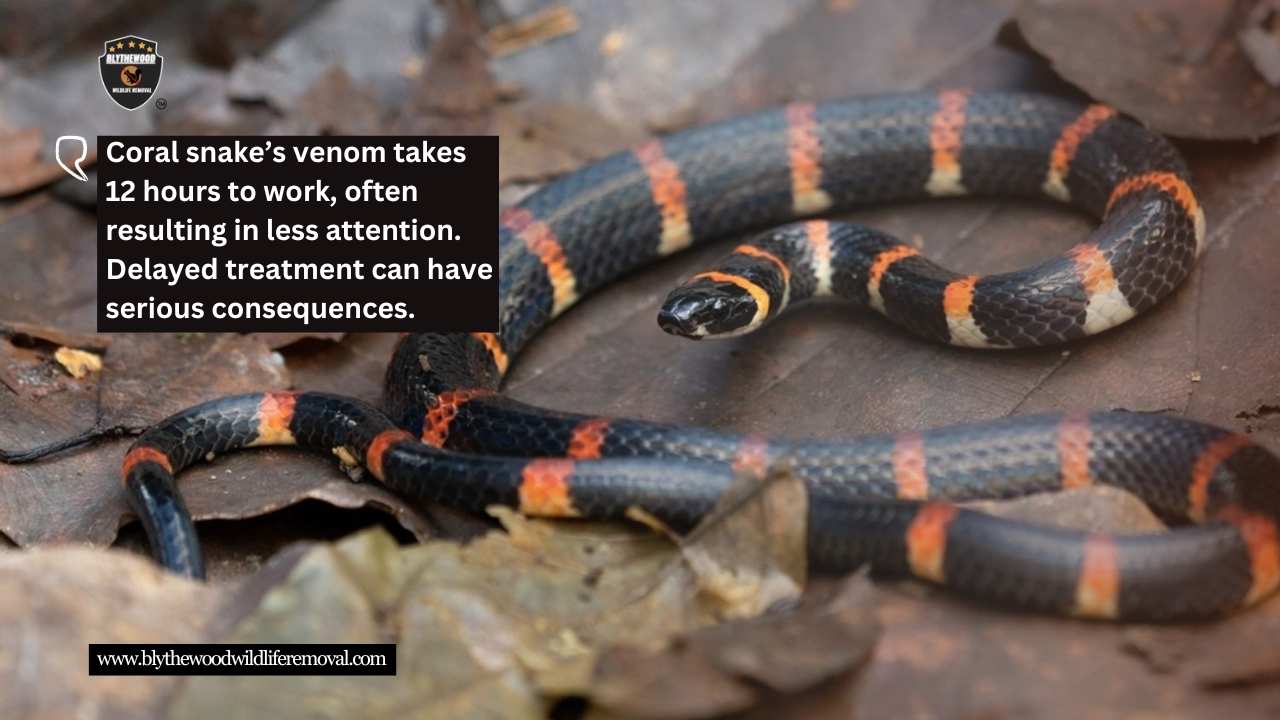
The Eastern Coral is the most venomous snake in South Carolina.
Here is a well-known old rhyme to identify them:
“Red touches black, It’s okay Jack
Yellow touches red, Soon you will be dead”
They are often mistaken for Scarlet Kingsnakes. The coral snake’s yellow ring touches a red ring, and it has a black nose. Their eyes are hard to see. In comparison, Scarlet’s Yellow ring touches the black ring.
Their head often blends with the body when they coil. They have round pupils, unlike other venomous snakes. They have black and yellow color rings on their tails.
Their average growth is between 20 to 30 inches, while they can reach up to 48 inches.
They live in sandhills, longleaf pine stands, and pine flatwoods and spend much of their time underground.
Eastern Coral Snakes feed on small snakes, birds, rodents, and amphibians.
Without treatment, its venom can lead to:
- Damaged Nervous System
- Paralysis
- Complete Respiratory Failure
- Muscle Weakness
- Difficulty Speaking, Breathing, and Swallowing
- Abdominal Pain
- Swelling
- Dizziness
- Nausea and Vomiting
- Blurred Vision
- Tongue Fasciculations
Coral snakes are less aggressive. Interestingly, there are very few cases of envenomation of Coral Snakes in humans due to their shy nature.
The symptoms of envenomation take around 12 hours to appear. Due to delayed treatment, it can have serious consequences.
Without medical help, the person will be dead.
What is the most poisonous snake in South Carolina?
The copperhead is the least dangerous, and the Eastern coral snake is a very dangerous snake among the six venomous snakes in South Carolina.
The coral snake is the most venomous if we compare the potency and the amount of venom per unit. The Eastern Diamondback is the most dangerous due to its size, higher chances of encounter, aggression, and venom potency.
Is it illegal to kill venomous snakes in SC?
In South Carolina, it is illegal to kill snakes on public land, even venomous ones. Snakes control rodent population, but venomous ones are dangerous for humans and pets.
According to the Department of Natural Resources, call a professional instead of killing or handling the snakes.
So, who to call for help?
If you spot those venomous snakes in SC in or around your home or any other snake, call us for help.
We are experts in pest control, wildlife removal, and animal extraction.
- Difference Between Animal Control and Wildlife Removal: What Homeowners Need to Know - November 18, 2025
- What Animals Are Common in South Carolina Attics - November 18, 2025
- Best Time of Year for Wildlife Removal in South Carolina - November 18, 2025


